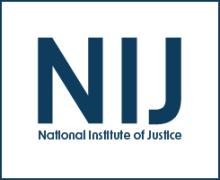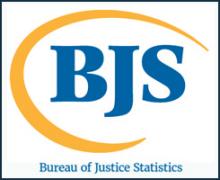DNA (Deoxyribonucleic Acid)
MPKin-YSTR: Interpretation of Y chromosome STR haplotypes for missing persons cases
2023 National Institute of Justice Forensic Science Research and Development Symposium
The Molecular Autopsy: Identification, Verification and Reporting of Genetic Markers Associated with Sudden Infant Death Syndrome and Young Sudden Unexplained Death Victims
DNA Analysis and the Postmortem Submersion Interval from the Microbiome of Waterlogged Skeletal Remains
Publicly Funded Forensic Crime Laboratories, 2020
Genomic Analysis of Pollen Grains for Forensic Applications
The Combination of Cranial Morphoscopic and Dental Morphological Methods to Improve the Forensic Estimation of Ancestry
International Symposium on Human Identification
Denver, CO
Validation of Illumina’s MiSeq FGx NGS Platform for Transition to Casework
Towards Commercialization: Preliminary Developmental Validation of a High Resolution Melt Curve Mixture Prediction Assay and SVM Tool
Building More Reliable Forensic Sciences, Part 1
The scientific basis of several aspects of forensic evidence was first called into question by the 2009 National Research Council report. That report had an immediate impact on law enforcement, crime labs, courtrooms, and the broader scientific community.












